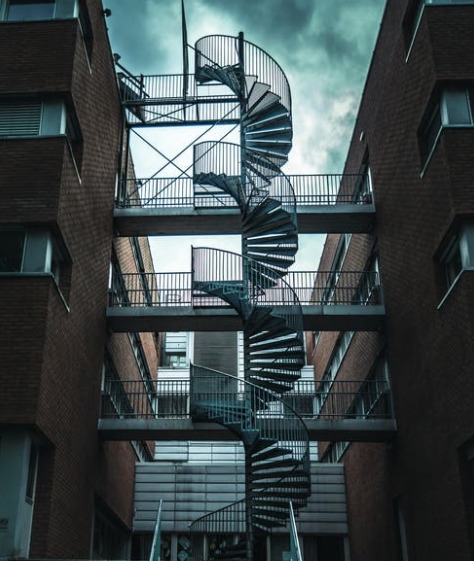Roof access is a critical aspect of many commercial and industrial buildings, facilitating routine maintenance, inspections, and repair works. To ensure the safety of workers and ease of access, fixed roof ladders have become a popular choice. These specially designed ladders offer a stable and permanent solution for reaching rooftops. In this article, we will explore the pros and cons of fixed roof ladders, their main benefits, and one significant drawback. Additionally, we will delve into the considerations for choosing the right ladder material, comparing aluminum and steel options.

Pros and Cons of Fixed Roof Ladders
Before delving into the advantages and disadvantages of fixed roof ladders, it is important to understand what they are. Fixed roof ladders are permanently installed vertical ladders, securely attached to the roof’s edge or parapet, providing a safe and sturdy means of access.
Pros:
- Safety: Fixed roof ladders offer unparalleled safety as they are securely fastened to the building’s structure, eliminating any wobbling or instability that might be present in portable ladders.
- Durability: Being fixed in place, these ladders are designed to withstand the elements and harsh weather conditions, ensuring they have a longer service life compared to portable ladders.
- Convenience: Since they are permanently affixed to the roof, there’s no need for additional setup or takedown, making them readily available for use whenever required.
- Compliance: Fixed roof ladders can be designed to meet relevant safety standards and building codes, ensuring regulatory compliance.
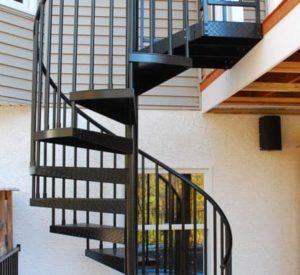
Cons:
- Permanent Installation: Once fixed, these ladders cannot be easily moved or repositioned. Thus, if roof access requirements change, it might necessitate additional installations.
- Aesthetics: Some argue that fixed roof ladders can affect the building’s aesthetics, especially if not integrated seamlessly into the architecture.
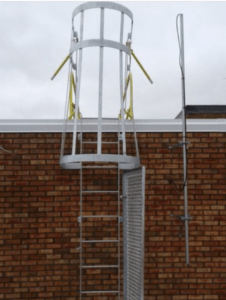
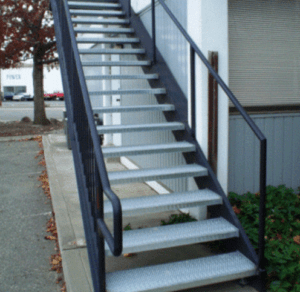
Main Benefits of Fixed Roof Ladders: Safety and Roof Accessibility
- Safety: Safety is paramount when it comes to accessing rooftops, and fixed roof ladders offer unparalleled stability. Workers can ascend and descend with confidence, minimizing the risk of accidents and falls. Additionally, many fixed roof ladders come equipped with safety features such as anti-slip rungs and guardrails, further enhancing worker safety.
- Roof Accessibility: Fixed roof ladders provide consistent and reliable access to the rooftop, streamlining maintenance tasks, equipment installations, and emergency procedures. Having a designated access point ensures that workers know exactly where to go and minimizes the chances of unauthorized access (though it’s still crucial to have a plan in place to prevent unauthorized entry).
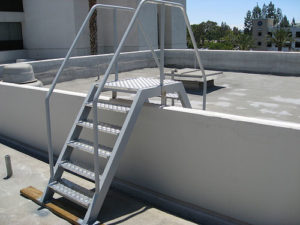
Main Drawback of Fixed Roof Ladders: Unauthorized Access
One significant drawback of fixed roof ladders is the potential for unauthorized access. While these ladders are designed to provide access for authorized personnel, they can also attract the attention of trespassers or vandals. To mitigate this risk, property owners should implement additional security measures such as access control systems, fencing, or surveillance cameras. Regular monitoring and maintenance of the ladder’s integrity are also essential to detect any signs of tampering or damage promptly.
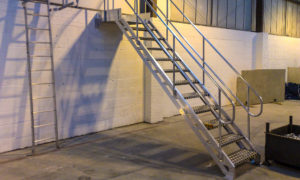
Choosing the Right Material for Your Fixed Ladders: Aluminum or Steel
When selecting the material for fixed roof ladders, two common options are aluminum and steel. Each material offers distinct advantages and caters to different requirements.
Aluminum Ladders:
– Lightweight: Aluminum ladders are considerably lighter than steel, making them easier to install and handle.
– Corrosion-resistant: Aluminum naturally forms a protective oxide layer, offering excellent resistance to corrosion.
– Low maintenance: Due to its corrosion resistance, aluminum requires minimal upkeep.
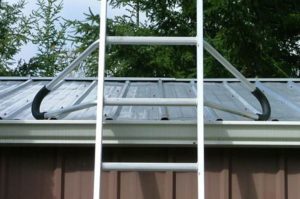
Steel Ladders:
– Strength: Steel ladders are incredibly robust and can handle heavier loads compared to aluminum ladders.
– Durability: Steel ladders are less susceptible to wear and tear, ensuring longevity even under heavy usage.
– Cost-effective: Steel ladders are often more affordable than their aluminum counterparts.
The choice between aluminum and steel will depend on factors such as the specific application, budget, and environmental conditions. Consulting with professionals and understanding the unique requirements of your building will help make an informed decision.
In conclusion, fixed roof access ladders play a crucial role in ensuring safe and convenient access to commercial and industrial rooftops. Their numerous benefits, such as enhanced safety and accessibility, outweigh the drawbacks, such as potential unauthorized access. Additionally, by choosing the appropriate ladder material, property owners can further optimize the performance and longevity of their fixed roof ladders, providing a reliable means of reaching rooftops for years to come.
